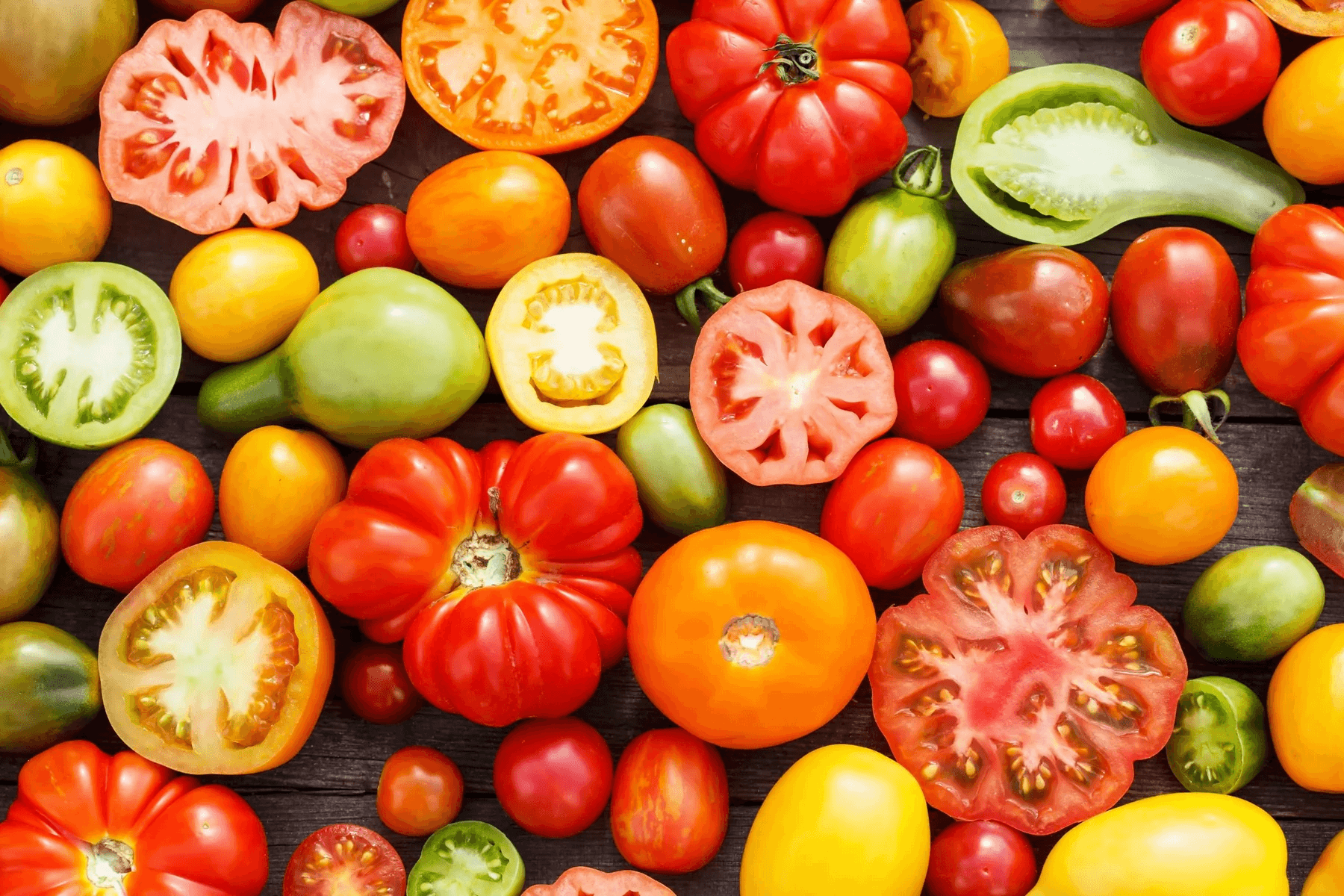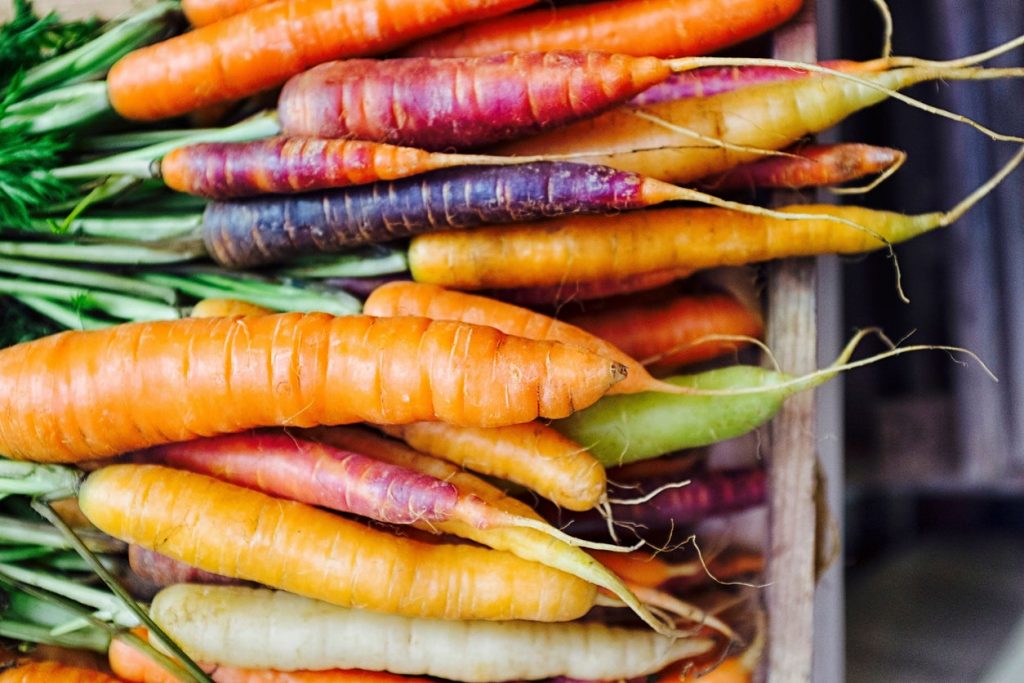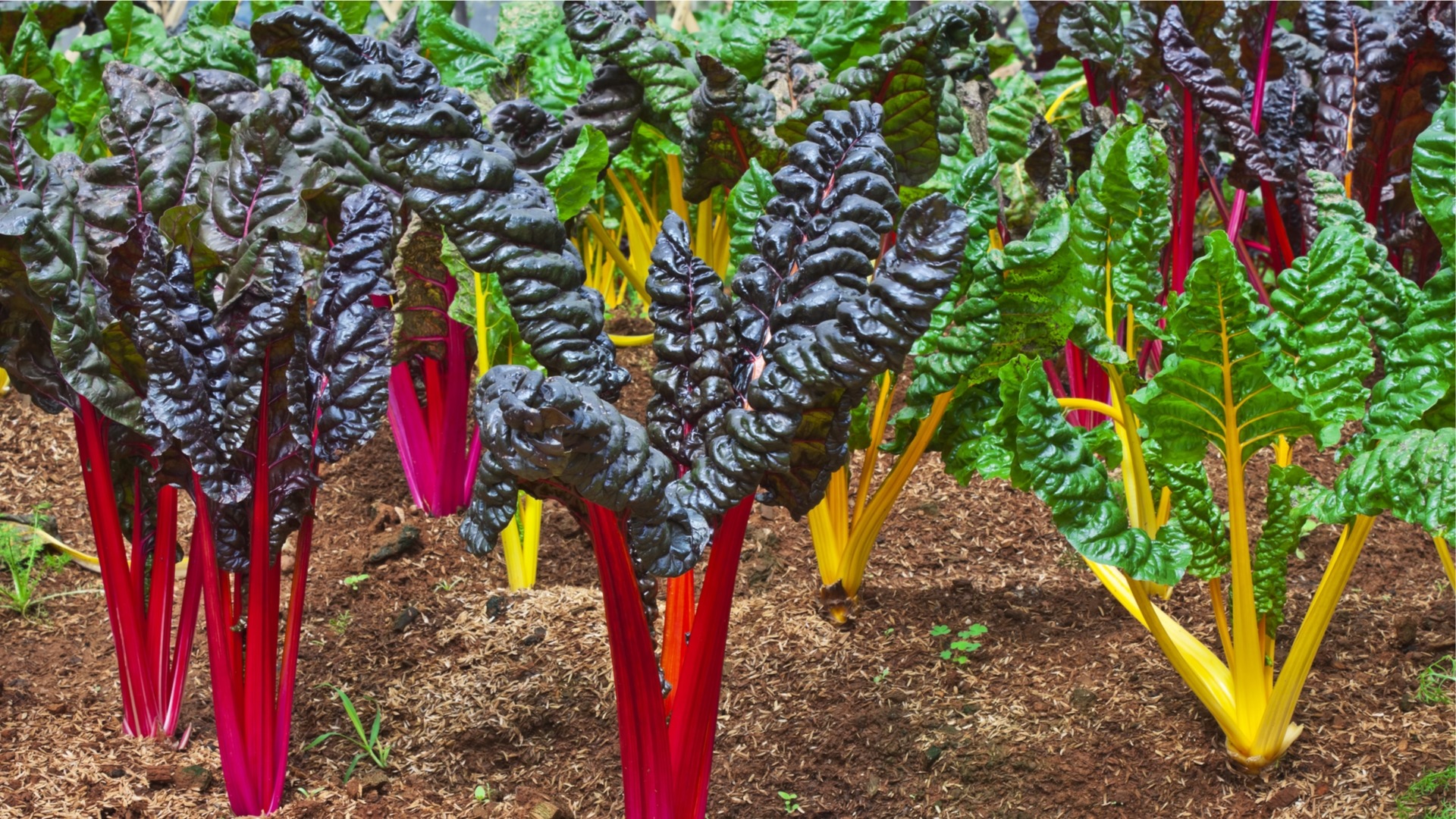Bored with red tomatoes and prosaic green beans? Amp up the colour in your garden with these vibrant, exotic vegetables.
Exotic tomatoes
Tomatoes come in a wide assortment of colours, from green zebra stripes to yellow, orange and almost black.
They need a sunny location and grow easily from seed, preferably in seed trays.
Provide tall support for the vining varieties. Tomatoes are heavy feeders and need fertile, well-drained soil. They benefit from being fed with a potassium-rich fertiliser, such as Talborne’s Vita Fruit & Flower (3:1:5) once the flowers start forming.

Pexels
Black Cherry: a productive indeterminate tomato with dark red, almost black, skin. It has a great flavour and is slightly larger than most cherry tomatoes, with meaty flesh.
Green Zebra: an indeterminate variety with gorgeous dark- and light-green-striped skin. It has sweet and tangy green flesh.
Tigerella: a sweet small tomato with tender red- and orange-striped skin. This indeterminate variety does well in cooler climates.
Yellow Pear: produces prolific pear-shaped small yellow tomatoes.
Colourful carrots
Rainbow-coloured heirloom carrots range from purple and yellow to white. Grow them in sandy soil without too much nitrogen. Cover their shoulders if they stick up out of the ground to prevent them turning bitter.
Atomic Red: is red all the way through and full of flavour.
Cosmic Purple: purple skin with a bright orange centre.
Solar Yellow: solid yellow, with a crunchy, sweet flavour.

Unsplash
Flamboyant swiss chard
Add brilliant pops of colour to the vegetable garden with these rainbow varieties. Their vivid colours continue up into the veins, contrasting with the bright green- to bronze-coloured leaves. They are particularly good grown in containers or small gardens where you are combining vegetables with your flowers.
Swiss chard likes full sun and fertile well-drained soil.
It grows almost all year round but is a little more prone to bolting in the hot summer months than during winter.
Either direct-sow them or sow them in seed trays and then transplant them. Swiss chard will seed itself happily once it is established. With Swiss chard growing in my garden, I am never without fresh greens, even in winter.
Bright Lights: green or bronze leaves with a mixture of red, yellow, white, orange and pink stems.
Kaleidoscope: beautiful multicoloured stems.
Magenta Sunset: almost fluorescent pink stems.
Orange Fantasia: bright orange stems.
Ruby Red: dark green leaves with brilliant red stems.

Pexels
Bold beetroot
The most common beetroot is already a glorious deep ruby red, but why not make a statement by serving candy-striped or golden beetroot at your next dinner party?
Beetroot likes fertile, well-drained soil. Preferably direct seed them. They need consistent moisture to produce sweet roots and prefer cooler weather.
Chioggia: a popular heirloom variety with striking concentric purple and white stripes.
Golden Globe: produces glorious golden yellow round beetroots.
For a wonderfully exotic (and healthy) drink, try growing the Butterfly Pea herb. The blue of the petals comes from anthocyanins, powerful antioxidants. One of its most intriguing characteristics is how it changes colour when the pH is altered: a deep-blue tea miraculously becomes magenta or violet when lemon juice is added.
This fast-growing, tender perennial flourishes in warm temperatures. Soak seeds overnight before sowing in a sunny spot where the plants can climb up a fence or trellis.
Water when it’s young, but once established, it’s quite drought tolerant.
ALSO SEE:
A version of this article was published in the Garden&Home November 2023 print edition
Feature image: Pexels

